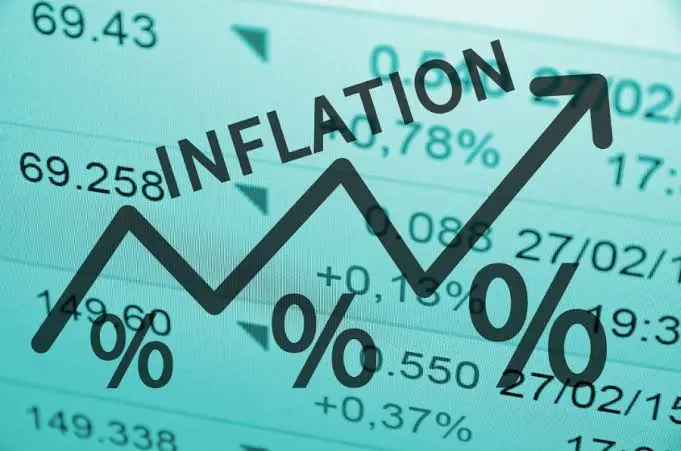About Core Inflation
- It is the change in the costs of goods and services excluding the price variations in seasonal elements, such as those related to food and energy.
- Food and energy prices are exempt from this calculation because their prices can be too volatile or fluctuate wildly.
- Core inflation represents the long-term trend in the price level.
- Why is it important?
- It is used to determine the impact of rising prices on consumer income.
- To deal with such situations, many central banks use measures of core inflation that are designed to filter transitory price movements.
- If the increase in the price index is due to temporary shocks that could soon reverse themselves, it may not require any monetary policy action.
- On the other hand, prices of other commodities do not fluctuate as regularly as those of food and fuel: as such, increase in their prices could be taken relatively to be much more of a permanent nature.
- It follows logically for Central Banks to target only core inflation, as it reflects the demand-side pressure in the economy.
- Core inflation, by eliminating the volatile components from the headline helps in identifying the underlying trend in headline inflation and is believed to predict future inflation better.
- It is a convenient guide to help the central bank achieve its objective of controlling total inflation.
- Whenever core inflation rises, Central Banks increase their key policy rates to suck excess liquidity from the market, and vice versa. It is, therefore, a preferred tool for framing long-term policy.
What is Headline Inflation?
- Headline inflation is the total inflation in an economy.
- It is the raw inflation figure reported through the Consumer Price Index (CPI).
- The headline inflation figure includes inflation in a basket of goods that includes commodities like food and energy.
- It is different from core inflation, which excludes food and energy prices while calculating inflation.
Q1) What is Deflation?
Deflation is a general decline in prices for goods and services, typically associated with a contraction in the supply of money and credit in the economy. During deflation, the purchasing power of currency rises over time.
Source: Core inflation to stay around 3% till Q1 FY25: Economists
Last updated on November, 2025
→ Check out the latest UPSC Syllabus 2026 here.
→ Join Vajiram & Ravi’s Interview Guidance Programme for expert help to crack your final UPSC stage.
→ UPSC Mains Result 2025 is now out.
→ UPSC Notification 2026 is scheduled to be released on January 14, 2026.
→ UPSC Calendar 2026 is released on 15th May, 2025.
→ The UPSC Vacancy 2025 were released 1129, out of which 979 were for UPSC CSE and remaining 150 are for UPSC IFoS.
→ UPSC Prelims 2026 will be conducted on 24th May, 2026 & UPSC Mains 2026 will be conducted on 21st August 2026.
→ The UPSC Selection Process is of 3 stages-Prelims, Mains and Interview.
→ UPSC Result 2024 is released with latest UPSC Marksheet 2024. Check Now!
→ UPSC Prelims Result 2025 is out now for the CSE held on 25 May 2025.
→ UPSC Toppers List 2024 is released now. Shakti Dubey is UPSC AIR 1 2024 Topper.
→ UPSC Prelims Question Paper 2025 and Unofficial Prelims Answer Key 2025 are available now.
→ UPSC Mains Question Paper 2025 is out for Essay, GS 1, 2, 3 & GS 4.
→ UPSC Mains Indian Language Question Paper 2025 is now out.
→ UPSC Mains Optional Question Paper 2025 is now out.
→ Also check Best IAS Coaching in Delhi

















